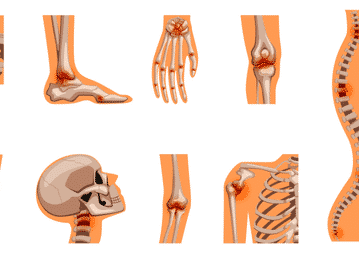Platelet rich plasma (Platelet rich plasma: PRP)
The platelet concentrated liquid, containing high concentrations of platelets, white blood cells and fibrin, is separated from one’s own blood by centrifugation and transfused back into the diseased body part.
Many international sports stars such as Curry, Westbrook and Yi Jianlian have used PRP technology to repair damaged bones and joints, making it an influential clinical case worldwide.
What does PRP contain?
- Fibrin: provides a scaffold for repair cells, shrinks wounds, promotes blood clotting, stimulates tissue regeneration and promotes wound closure.
- Leukocytes: remove pathogens, remove necrotic tissue to enhance resistance to infection and direct the repair response.
- High concentration of platelets: promotes cell proliferation and differentiation, vascular regeneration, prevents apoptosis of repair cells and repels stem cells.
- Growth factors: PDGF, TGF-β, VEGF, EGF, VEGF, IGF-1, FGF, etc.
Platelet rich plasma PRP, how to prepare and inject?
- Take peripheral blood from the patient.
- Prepare plasma by two-step centrifugation.
- Take the prepared platelet-rich plasma and draw it aside.
- Inject platelet rich plasma into the knee joint under the guidance of ultrasound equipment.
What are the therapeutic areas in which PRP is used?
- Orthopaedics (degenerative osteoarthritis, sports injuries, trauma repair).
- Orthopaedic surgery.
- General surgery.
- Cardiothoracic surgery.
- Gynaecology and reproductive medicine.
- Oral and maxillofacial surgery.
What are the advantages of platelet-rich plasma (PRP)?
- It can be combined with ultrasound and shock wave to treat a variety of diseases.
- Plasma is patient-derived, without the risk of immune rejection and disease transmission.
- The preparation is easy and fast, the method is mature and has been widely used in the market.
- A variety of high concentrations of growth factors work synergistically to make up for the lack of single growth factor treatment.
- After activation with PRP, it solidifies into a gelatinous form, which not only fills the tissue defect, but also gradually releases growth factors as the fibrin degrades.
- Preparation of PRP requires only blood taken from the periphery.
- No serious adverse clinical reactions associated with PRP have been identified.
PRP is currently used in those diseases and those who cannot use it?
- Current applications.
- Delayed bone healing, joint infection, joint revision, spinal fusion.
- degenerative knee osteoarthritis, osteonecrosis.
- Meniscal injury, cruciate ligament injury, synovitis, cartilage injury, tennis elbow, frozen shoulder, Achilles tendonitis, achilles pain, rotator cuff injury, tenosynovitis, etc.
- Decubitus ulcers, diabetic foot ulcers, fat liquefaction in surgical incisions.
- Facial rejuvenation, fat filling, facial acne, post-acne scarring.
- Hair growth.
- Other diseases to be explored.
PRP is not applicable to.
- Hematological diseases: patients with platelet dysfunction, severe anaemia.
- Blood-borne infections: patients with Pseudomonas aeruginosa infection.
- Patients with malignant tumours and prothrombin allergy.
In summary, PRP contains a large number of biologically active substances that promote tissue repair and regeneration, and is an important treatment tool in regenerative medicine, which is now widely used.








